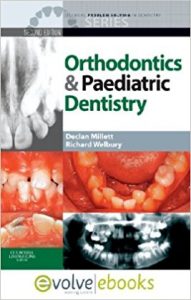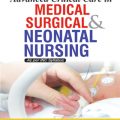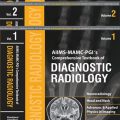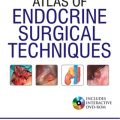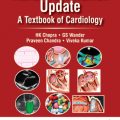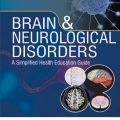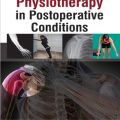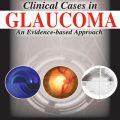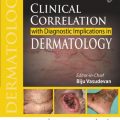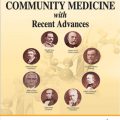Clinical Problem Solving in Orthodontics and Paediatric Dentistry, 2e
by Declan Millett BDSc DDS FDSRCPS FDSRCS DOrthRCSEng MOrthRCSEng, Richard Welbury MB BS BDS PhD FDSRCSEng FDSRCPS FRCPCH
Product Details:
- Paperback: 224 pages
- Publisher: Churchill Livingstone; 2 edition (April 15, 2011)
- Language: English
- ISBN-10: 0702044695
- ISBN-13: 978-0702044694
- Amazon Price: $78.98
- Points to download: 60 Points
- Format: Original Publisher PDF
- File Size: 39.6 MB
- Download link below.
Download Link:
This post contains protected content. You must be logged in and have 60 points to unlock it.
Description:
This is a second edition of a hugely successful practical resource in orthodontics and paediatric dentistry – ideal for undergraduate dental students and post-graduates preparing for the MJDF and similar exams.Focuses on clinical problem-solving in orthodonticss and paediatric dentistry ― two closely-related topics that are usually separated into different volumes.Provides practical help with treatment planning, guiding the reader through the process of safe and effective decision-making. Provides two different approaches to the clinical cases ― some topics include scenarios with questions and answers; others include differential diagnosis with a focus on how to plan and manage treatment effectively. Uses ‘key-point” Evidence-Based’ boxes systematically to emphasise core knowledge for assessment and provide a rationale for treatment approaches. Contains valuable ‘mind-maps’, which helps the reader consolidate information prior to exams.Includes orthodontic sections on severe crowding, additional canine problems, bilateral crossbite covering the use of temporary anchorage devices, incisor root resorbtion from an impacted maxillary canine, cone beam CT, tooth-size discrepancy assessment, transposition, RME, SARPE and self-ligating brackets Includes paedriatric dentistry sections on the use of CPP-ACP, indirect pulp caps, caries diagnosis systems, minimally invasive techniques, and the importance of caries risk assessment and appropriate fluoride prescription, and mechanisms for how flouride works.
